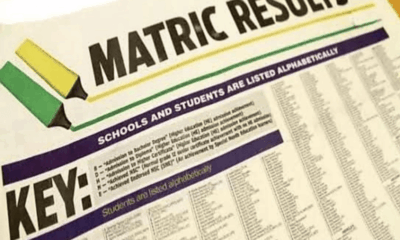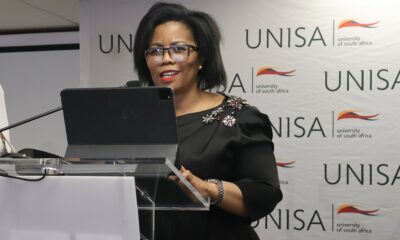News
The Broken Promise: South Africa’s R10bn ECD Failure and the Children Left Behind

In a country grappling with an education crisis, the most critical years of a child’s learning life are being systematically neglected. Despite a high-profile promise of a R10 billion investment, South Africa’s early childhood development (ECD) sector is in a state of financial paralysis, with not a single cent of the pledged funds having reached the front lines.
This failure is undermining the future of millions of children and, by extension, the nation itself. Experts are now sounding a deafening alarm, pointing to a catastrophic lack of political will that is leaving an entire generation unprepared for school and life.
A Promise Made, A Promise Broken
The crisis stems from Finance Minister Enoch Godongwana’s most recent budget speech, where he announced a R10 billion allocation for ECD over the medium term, alongside an increase in the daily per-child subsidy from R17 to R24.
Seven months later, that promise is empty. “We are sitting almost seven months later, and the R10 billion budget he promised, not one cent has flowed,” said Professor Eric Atmore, director of the Centre for Early Childhood Development. He described the state’s investment as “very poor,” noting that less than 1% of the national education budget is spent on the six million children under the age of five.
The promised R24 per day subsidy, which experts already deem “totally inadequate,” hasn’t even been implemented. This paltry amount, which only covers weekdays and disqualifies families earning over R9,000 a month, is supposed to cover salaries, nutritious food, learning materials, and utilitiesa near-impossible task.
A Vicious Cycle of Exclusion and Red Tape
The funding model itself creates a vicious cycle. For a centre to access the subsidy, it must be registered. But the registration requirements are often impossibly high for the very communities that need help the most.
“For the centre to get that subsidy, it has to be registered… Those norms and standards are relatively high for very low income, under-resourced communities,” explained Patricia Martin of Breadline Africa. Many centres, often run by entrepreneurial women from their homes or garages, operate informally and cannot access any state support.
This creates a two-tiered system: private, fee-paying centres for the affluent, and a vast, underfunded informal sector for the poor. With average ECD fees around R509 per month, most families relying on social grants are simply priced out of quality care.
A Glimmer of Bureaucratic Hope Meets a Funding Chasm
There has been some bureaucratic progress. The Department of Basic Education (DBE) launched the Bana Pele registration drive, a simplified online system designed to help centres in underserved areas achieve a “Bronze Registration” and access a top-up grant for infrastructure.
However, the funding for this nationwide effort is shockingly low. “R161 million has been allocated for the rest of the country,” Martin noted. To address the current gap, South Africa needs an estimated 115,000 new centres. The allocated R161 million might build “one or two” new centres per province at most.
The Path Forward: More Money and Smarter Systems
The solution, according to experts, requires a seismic shift in both funding and approach. Deb Zelezniak, CEO of Santa Shoebox, argues that the subsidy must be increased to at least R38 per day to cover the real cost of a quality programme.
She and others advocate for a tiered registration system that allows centres to gain provisional status and access support to grow into full compliance over time. Crucially, there must be a massive investment in the ECD workforce, which is currently underpaid and under-trained.
The Department’s Defence
In response to detailed questions, the DBE acknowledged the R24 subsidy is a “transitional funding baseline rather than an end-state,” confirming they are working towards R32 per day. They pointed to the conditional registration of over 12,000 centres through the Bana Pele framework as a sign of progress.
Yet, for the millions of children waiting, progress is measured in prepared minds and nurtured potential. The R10 billion promise was a down payment on South Africa’s future. Until it is fulfilled, the nation’s youngest and most vulnerable citizens will continue to pay the price.
{Source: IOL}
Follow Joburg ETC on Facebook, Twitter , TikTok and Instagram
For more News in Johannesburg, visit joburgetc.com



























